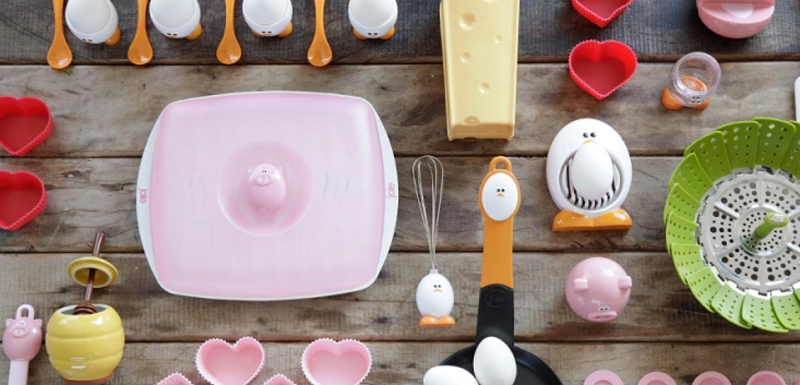Gardens are planted in all sorts of shapes and sizes and if you don’t have the room for a full size greenhouse, you should still be able to install a much smaller lean-to-greenhouse so you can benefit from growing your own organic fruit and vegetables throughout the year.

A greenhouse completes the traditional garden look of a British country garden. It’s the perfect companion to the front Gardens Garage. If you live in Swindon and need your Garage Doors Swindon replaced click here. Just as importantly, the savings you make from providing your own produce instead of buying from your local superstore will pay for the lean-to-greenhouse time and time again even in the first year. All you need is a little attention, maintenance and perseverance.
A balcony gives you enough space to grow
If you live in a flat or don’t have ground floor garden facilities, as long as your balcony has sufficient daylight, you can install a lean-to-greenhouse in the smallest of spaces. The size of lean-to-greenhouse you decide to purchase will be a balance between your available funds and the amount of produce you wish to grow.
What can you grow?
Providing you can warm your greenhouse when the temperature falls, you’ll be able to grow most of the fruits and vegetables across the winter months that you would normally grow outside in the summer. This will include a range of herbs to add flavour to your dinner and a collection of tomatoes, cucumbers and potatoes, along with lettuce and even rhubarb for dessert.
Where can you position the greenhouse?
A lean-to greenhouse does exactly what it says; it leans towards a wall. This can be a wall of your house or a garden wall. What’s more important is that it is positioned to attract as much natural daylight as possible. You will probably need to add a small lighting system for those days when the sun doesn’t shine enough if you need the vegetables for your Christmas dinner.

Managing the temperature inside your lean-to-greenhouse is vitally important. If the greenhouse gets too hot during the summer you will need to open a door and ventilate it so that the heat doesn’t wither and kill your young plants. During colder periods you will have to add heating – perhaps a paraffin heater – to bring a steady flow of warmth to help your plants go through the coldest of winter nights.
Managing the heat and light, together with sufficient ventilation will help reduce the opportunity for dampness in your growing area. Damp brings mould and mildew and can attract insects that will enjoy eating your fruit and vegetables.
There’s one more benefit of erecting a lean-to greenhouse: your children can learn about growing organic produce at home. The sooner they realise it doesn’t all need to arrive in overused packaging from your weekly shop, the sooner you’ll help breed a new generation of home grown food providers.



